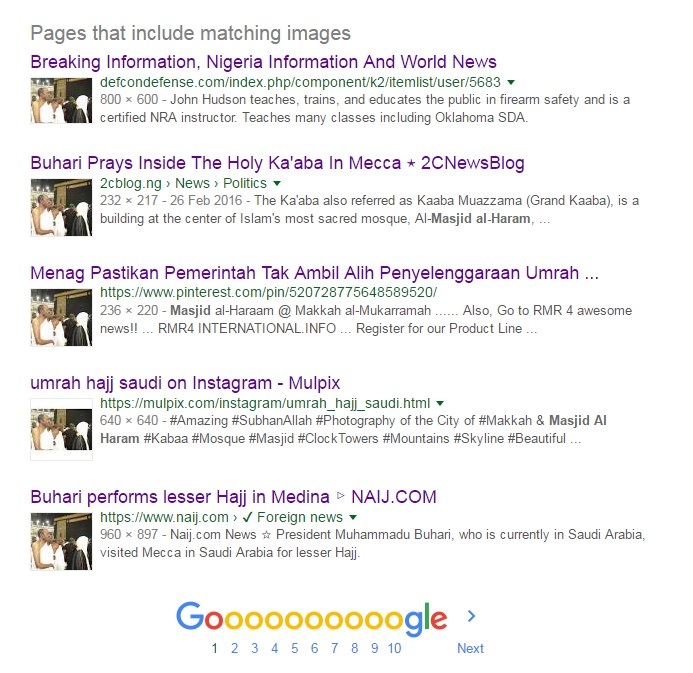Increasing penetration of smartphones along with the development and adoption of social media platforms has raised the number of people sharing content online. However, what I particularly observed is the dearth of essential digital literacy skills among some content contributors and mainly the news consumers. It is expected that in the 21st century an average person should be able to learn how to find information and critically separate fact, fiction, opinion and outright lies.
Sadly, the culture of accepting whatever shared online hook, line and sinker is becoming a norm rather than an exception. In this short piece, I intend to illustrate how susceptible we are in accepting everything on social media without questioning the source or verifying its credibility. It is also pertinent to declare that this piece is not about politics, but it uses social media content associated with President Muhammadu Buhari’s medical trip as a case study.
About a month ago, a highly-respected colleague shared in one of our WhatsApp group the following embedded Facebook post and i loosely translated it in English for the benefit of the non-Hausa speaking audience. “It was yesterday’s evening that respected elder and former President SHEHU SHAGARI paid a visit to President BUHARI in the city of London. Former President Shagari was also in London for medical check-up”. He concluded with a prayer that “May Allah strengthen them in health”. The post which later turned to be misleading and can be verified via using reverse image search. Take note of the number of shares, likes and comments.
The above episode made me download the screen grab sent by the first colleague and uploaded it on Google image search bar and click the search button – a process called reverse image search. The result shows a dozen of similar images shared by NTA verified Twitter handle, Vanguard as well as lots of ‘copy and paste’ blogs on 11th May 2015 when the former President paid him a visit. See below the result of the reverse image search.

The following day another picture went viral celebrating the appearance of President Muhammadu Buhari talking a walk along with his physician.
On seeing that picture, I also use a reverse image search to learn the veracity of such post. Lo and behold, the result shows 18 different web pages including copy and paste blogs sharing President Buhari’s picture during Commonwealth Heads of Government (CHOGM) Meeting in Malta mostly dated back to 28th November 2015 as shown below.

Recently, one Bello Omar Galadima shared another fake picture of President Muhammadu Buhari performing lesser Hajj as shown below.
Take note of the number of shares, comments and likes.

The essential point for sharing this insight is to educate both content contributors and gullible social media consumers to always be wary of fake news and hoaxes. Sharing false stories tend to strip credibility of the sharers and mislead public. It is always good for someone to think twice before sharing.
Free resources for improving awareness and verification skills are available online. For instance, Verification Handbook – a definitive guide to verifying digital content. Others are Truth in the Age of Social Media and hoax fact checking websites such as Snopes and Fact Checks. Parents, educators and public could also use Microsoft Digital Citizenship course and Cyber wise resource for digital natives to learn more and improve their awareness.

